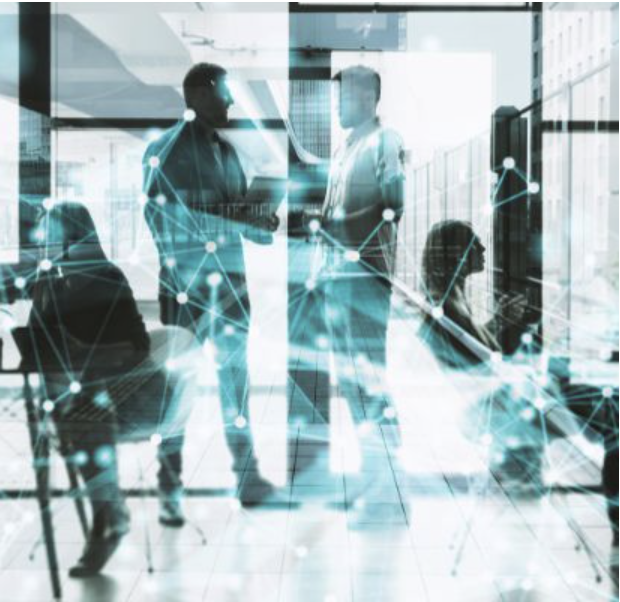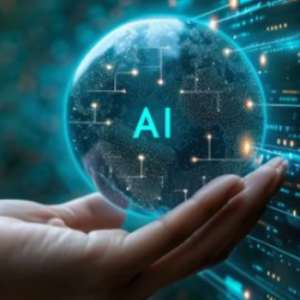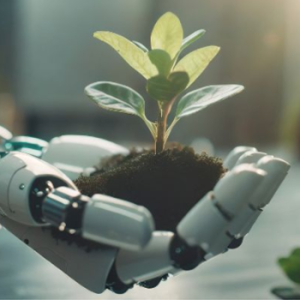Ways of Work

Key Takeaway:
In 2024 and onwards, there will be a significant shift towards skills-based hiring and flexible work arrangements propelled by AI integration. This evolution redefines traditional life stages and employment norms, emphasizing personal well-being and efficiency. As AI reshapes roles, it offers challenges and opportunities, necessitating a balanced approach to leverage its potential for productivity and innovation across various industries.
Trend Type: Social & Business
Sub-trends: Life Deconstruction, Working for Balance, From creators to curators, Augmented connected workforce, AI Ways of Work
Use Cases
Working for Balance: MIT’s Mediated Athmosphere project envisions a smart office that is capable of dynamically transforming itself to enhance occupants’ work experience. It explores augmenting and mediating human experience, interaction, and perception with sensor networks.
From creators to curators: In Nightshade – a tool that enables artists to embed imperceptible alterations to their artwork’s pixels before online uploads. If the art is captured for an AI training dataset, these changes can disrupt the resulting model, leading to erratic and unforeseen outcomes. By “poisoning” the training data with this tool, it can corrupt subsequent versions of image-generating AI models.
Working For Balance: Airbnb co-founder and CEO Brian Chesky sent an email to all employees announcing the company was adopting what it called the “live and work anywhere” policy, which allows employees to work from home or the office and move anywhere in the country they work in (without a change to their compensation
Sub-Trend Sources
Life Deconstruction: Accenture Life Trends
Working for Balance: Ford Trends (social), Forrester Tech Predictions Europe
From creators to curators: Accenture Life Trends, WARC, NextAtlas
Augmented connected workforce: Gartner Strategic Trends
AI Ways of Work: Forbes Tech Predictions, Future Today Institute, VML The Future 100, WEF Jobs of Tomorrow GenAI, PWC AI Trends, McKinsey Tech Trends Outlook, McKinsey Economic Potential of GenAI, McKinsey GenAI Reset, Finance & Development
What to Read Next
All Things Data
The increasing complexity and scale of data within modern enterprises lead into a shift in data management strategies, catalyzing a trend towards more dynamic, integrated, and technologically advanced approaches. This[...]
Quantum Computing
Latest Advances Although Quantum Computing was already present in last year’s Digital Trends, in 2024, the race to develop viable quantum systems is intensifying, with tech giants like IBM, Google,[...]
Eco Tech
The “Eco Tech” trend reflects the growing integration of technology with environmental sustainability efforts. Among the forefront technologies is carbon capture. Industries such as cement and steel are increasingly adopting[...]
What to Read Next
All Things Data
The increasing complexity and scale of data within modern enterprises lead into a shift in data management strategies, catalyzing a trend towards more dynamic, integrated,[...]
Quantum Computing
Latest Advances Although Quantum Computing was already present in last year’s Digital Trends, in 2024, the race to develop viable quantum systems is intensifying, with[...]
Eco Tech
The “Eco Tech” trend reflects the growing integration of technology with environmental sustainability efforts. Among the forefront technologies is carbon capture. Industries such as cement[...]


